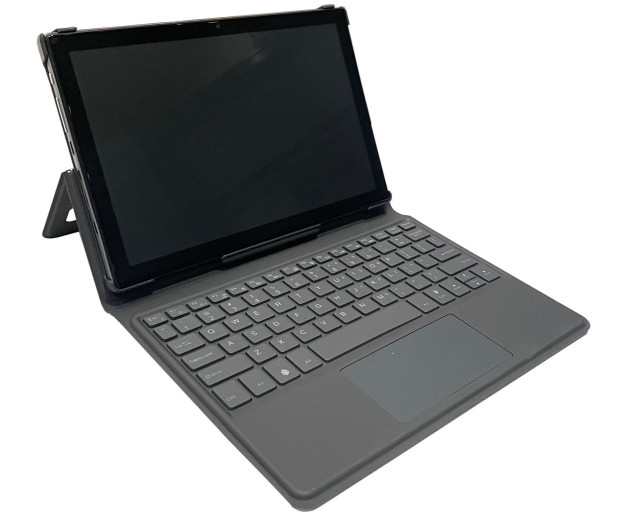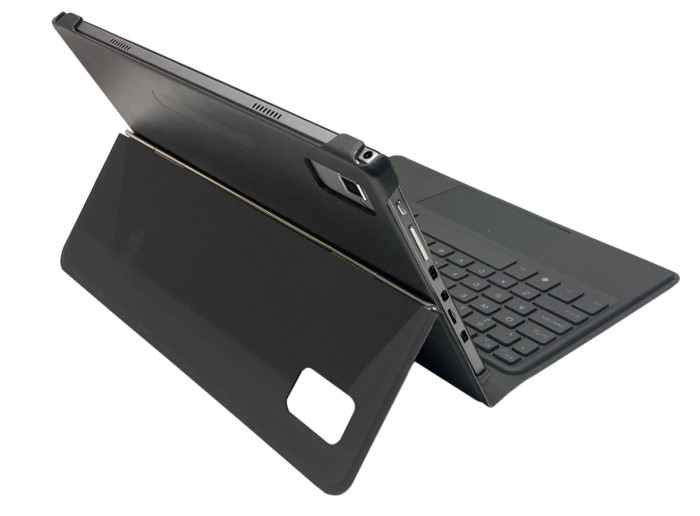4 Likes
2 Shares

https://www.youtube.com/watch?v=Y6hIH1SXNvc
LES HOTS NEWS DE LA SEMAINE :
00:00:00 Introduction
00:00:51 Recalbox #RGB #JAMMA: LES NEWS !
https://swll.to/20Lr8Z
00:05:44 #Émeutes : #Macron pointe (encore) les #jeuxvidéo...
https://swll.to/ZnFF8
00:08:07 Le code source des Dragon 32 et 64, retrouvé
https://swll.to/3lE0SE
00:11:00 Des fuites de #documents sur la #bataille #Sega avec #Sony
https://swll.to/5ftA8I
00:15:18 Myst Dev s'associe à la #Video #Game #History #Foundation
https://swll.to/8eWWdj
00:17:41 #Capcom #Legend révèle l' #artwork de la pochette de final Fight
https://swll.to/o0XO4
00:19:30 Le couvercle du #GameCube recèle un secret
https://swll.to/FjSP519
00:30:38 Toutes les plaque #Nintendo GameCube
https://swll.to/5xSHn
00:22:31 La #caméra #GameBoy miniaturisée
https://swll.to/UzjdN0
00:23:38 La Game Boys la plus célèbres prend sa retraite
https://swll.to/rgsQN
00:25:16 Le "Sun Fade" ruine votre collection ?
https://swll.to/BBWrW
00:28:12 Un nouveau #Sonic sur #GX4000 et l' #Amstrad Plus
https://swll.to/S2kmJ5
00:30:24 Le #documentaire définitif de #Shenmue en ligne
https://swll.to/vIeqdMu
00:31:49 Un #mod #HDMI pour #PlayStation 2
https://swll.to/NiZt12
00:32:54 Le #remaster de Red Dead Redemption
https://swll.to/D0mPJLES DOSSIERS DE LA SEMAINE :
00:35:01 Les #discours de #SatoruIwata en qualité incroyable
https://swll.to/fL406y5
00:36:47 Des séquences inédites de Nintendo Space World 2000
https://swll.to/fkmyG
00:37:48 Making of d'Aliens: Infestation
https://swll.to/Xwposm
00:38:40 #Homebrew Summer #Showcase 2023
https://swll.to/CpkqCn
00:40:19 Un nouveau #document "Day Of The Tentacle" sort
https://swll.to/qEJGg
00:41:36 Les meilleurs jeux Light Gun de tous les temps
https://swll.to/lm8qr0O
00:43:05 Nos pépites rétro à découvrir
https://swll.to/uOwkwnqLES PREVIEWS :
00:44:33 Double Dragon Gaiden: Rise of the Dragons
https://swll.to/wMAxqcw
00:47:10 Arcadian Atlas
https://swll.to/DarOC80
00:49:20 Tactic Legends
https://swll.to/V4ha5
00:51:49 Air Twister
https://swll.to/4OXbT
00:53:35 Yohane the Parhelion: BLAZE in the DEEPBLUE
https://swll.to/1UsJFYP
00:56:08 Quantum: Recharged
https://swll.to/K2XZM
00:57:21 Haunted House
https://swll.to/DLhHZ
00:59:09 Spacebot interactive
https://swll.to/okK53LES SORTIES DE LA SEMAINE :
01:00:37 Retro Lazer 17
https://swll.to/8MkZjUE
01:02:17 Nolife Story Legacy
https://swll.to/uVzMldo
01:03:47 El Viento & Sol-Deace
https://swll.to/lfrbhd
01:06:17 Des jeux d'inspiration rétro à la vente d'été Steam
https://swll.to/rjE8m6b
01:10:00 The Fallen Crown — Kickstarter
https://swll.to/AsDZw
01:12:09 Soulvars
https://swll.to/H6a7kBL
01:13:30 Raging Bytes
https://swll.to/PWCKgsm
01:15:50 Akai Katana Shin
https://swll.to/w75Az
01:17:58 Ghost Trick: Phantom Detective
https://swll.to/4JXzZz
01:19:41 Ray'Z Arcade Chronology
https://swll.to/IizFZL
01:21:48 Biomech Hell
https://swll.to/Fgf72
01:23:54 Reverie: Sweet As Edition
https://swll.to/IRKtC4s
01:25:40 Plushie Bomber
https://swll.to/oX3T3SPLES HOMEBREWS / FANGAMES DE LA SEMAINE :
01:27:39 #Castlevania #AGA - pour le #Commodore #Amiga
https://swll.to/Yde0q
01:29:34 Doomed Castle
https://swll.to/B8suph
01:31:04 #Rastan pour #Amiga500
https://swll.to/8MkDDW
01:33:08 Jouez à vos jeux Windows sur Commodore 64 !
https://swll.to/Vj8McMv
01:35:39 GothicVania
https://swll.to/Ndy4N
01:37:37 Final Fantasy VI et Final Fantasy Tactics dans un mod
https://swll.to/NnKJGYf
01:38:24 La légende de #Zelda portée sur #SNES
https://swll.to/rD70xhp
01:40:37 Les fans traduisent Dungeon Crawler Madou Monogatari 1
https://swll.to/ngOta
01:42:05 Un nouveau mod #Doom 64
https://swll.to/KdXfRL’ACTU LOL/WTF DE LA SEMAINE :
01:44:36 Myst sur Atari 2600
https://swll.to/xj7P5
01:47:01 Un Lego Game Boy personnalisé
https://swll.to/Mj9DWC
01:48:20 Un coffre de Zelda pour cartouches Switch
https://swll.to/vK8e3R
01:49:18 Un mini jeu Sonic en Lego
https://swll.to/fGFJW
Nach fast 4 Jahren Lieferzeit kam die Tage endlich mein #Librem5. Endlich LinuxMobile mit #Phosh!
Was soll ich sagen: Viel Licht und viel Schatten. Ich will aber hier erst mal nur auf einen Punkt eingehen: die #Convergence.
Anfangs hatte ich enorme Probleme. weil viele Tools nicht auf den kleinen Screen passen und elementare Steuerelemente nicht erreichbar sind. Das änderte sich schlagartig mit Anschaffung eines USB-C-Hubs, um daran Monitore anzuschliessen. Ein erster Test mit dem heimischen TV via #HDMI und Bluetooth-Tastatur war dann die Erleuchtung: das Librem5 schaltet dann in den Convergence-Mode und man hat quasi einen vollwertigen Desktop mit #Gnome. Das ändert (fast) alles, denn das Problem der wenigen nativen Apps wird geschickt umgangen und man kann die gewohnten Tools nutzen und kann mit echter Tastatur, Maus und großem Bildschirm arbeiten.
Eine erste Session war wirklich ermutigend.
Morgen kommt um 7:30 mein erster Post, vollständig mit dem Librem5 als Desktop verfasst - es geht um #Grubenwasser in #Bochum. Jedes Bit #LinuxMobile!
It*s a #Linux #tablet with #keyboard for $159: https://www.pine64.org/2023/03/01/february-update-things-are-taking-shape/


#computer #analog #digital #vga #hdmi #usbc #thunderbolt #reliability
source: https://opensource.com/article/20/3/raspberry-pi-zero
So, here's what you can get with a #Pi Zero portable computer:
#technology #software #hardware #knowhow #knowledge #linux #news #openSource